It's that dreaded time of year, already. October is Breast Cancer Awareness month. For those who have to have yearly screening mammograms, that can be a pretty anxiety filled time.
When I had my first mammogram in the late 1990s, it was a LOT different than it is now. Then it involved serious pancake action which was beyond painful. I know it was a long time ago, but at that time the need to have the tissue as flat as possible to have the clearest images all the way through was the standard.
Mammograms in the 1990s:
Now, it is barely unpleasant. I'm sure it has to do with advancing technology, and now x-ray technicians are aware that imaging doesn't require putting us through so much discomfort, for an already nerve-wracking procedure.
I can't even imagine how painful it was for men who were getting mammograms in the 1990s. More than likely since they don't typically have ample tissue on their chest to force into the pancake machine, they mostly underwent ultrasound imaging instead of traditional mammograms.
That's right ladies, don't forget, MEN get breast cancer too.
Women: According to U.S. Breast Cancer Statistics 1 in 8 women will develop invasive breast cancer in their lifetime. Men: According to The American Cancer Society 1 in 1,000 men will develop breast cancer.
Self-Examination is a really important thing that you need to do, especially if you don't notice any obvious external changes, and you're not old enough to be scheduled for yearly mammograms.
Some Diagnostic facilities may have a shower card available that you can take home. They have a handy little hole punched out so it can hang on your shower head.
A Breast Self-Exam (BSE) should be performed at least once a month. Some women time it in relation to their menstrual cycle, but if you don't remember to do it by the calendar, try using this handy application, Man Reminder, from Rethink Breast Cancer (you can also find Rethink Breast Cancer on these social media platforms Facebook, Twitter, and Instagram).
Since this video about the Man Reminder app was posted on ABC News in 2012, I checked for the availability of the app, and it is still available.
This could make the difference between early detection and treatment and remission, or finding out you are in late stage Breast Cancer that may be much harder to treat. It could literally mean the difference between life and death.
Some of my experiences with mammograms are:
Fibrocystic Changes:
I was diagnosed with this in my early 20s. This usually has a tough, scar tissue, rope-like texture.
Spiculated Density:
This little bugger can really have you in the corner chewing your nails off. This was one of the findings on my mammogram last year. On a follow-up mammogram the darn thing performed a full disappearing act, not that I'm complaining. But... spiculated... that doesn't even sound like it belongs in my body and where in the world did it go? (I'm hearing Where in the World is Carmen San Diego now) .
Benign-appearing lymph nodes with a fatty hilum (3cm):
Fatty hilum? Basically that describes the "shell" of this inflammation. If it didn't have that fatty hilum it would be at risk for being a cancerous finding. This is one of the ultrasound findings of my abnormal mammogram this year. Even though this is categorized as benign, the idea that I have a 3 cm fluid-filled lymph node in my right lateral breast is unnerving. Why? Because it doesn't belong there!
Tiny Cyst (4mm):
I also had a tiny cyst found in my right breast on ultrasound, as follow-up for my abnormal mammogram this year. Still benign-appearing, yet you might still find me ducking into a corner now and then at the idea that one of my mammary glands created another fluid-filled sac.
So now that you have all of these scary sounding words in your result letter, what does it mean? This is a helpful chart to help untangle your jangled nerves.
Malignant or Benign?
My findings were benign, but I sure wasted a lot of energy worrying about it, and I'm sure the worrying is far from over. I'm sure it will rear its ugly head now and then and make me wonder what my next exam will look like. The thing is, all medical personnel involved have concurred that these are benign findings. We will recheck next year to make sure there are no changes. So how do I let it go, and not make this, the worry, my life?
While pushing this to the back of my mind and trying to forget about it I Stumbled across a post from Stumble Upon in my inbox. 10 Little Habits that Steal Your Happiness. Of course, to someone like me, who will let little things nag at me until they break me down, I left it unread for a few days, and I finally opened it today. There are some really great tips in this post, but also the author Angel Chernoff, has a fantastic list of articles on her page called Marc and Angel Hack Life, and excerpts from her book she co-authored with Mark Chernoff; 1,000+ Little Things Happy Successful People Do Differently.
Number 5 in 10 Little Habits that Steal Your Happiness is Holding tight to worries and fears. The first sentence says it all; "Someday when you look back over your life you'll realize that nearly all of your worries and anxious fears never came to fruition ..."
Just one more reason I need to tuck away the scary words of my results and put some trust in my doctors. I have a pretty good team, they've gotten me through a lot worse than some abnormal benign findings on some mammograms, so I need to just Let It Go. (Is Frozen running through anyone else's mind right now?)
Angel goes on to say, "you will find that it's necessary to let some things go simply for the reason that they're heavy on your heart and soul". Ain't that the truth. All of that worry and fear and anxiety is like a poison. If you allow it, it will destroy you.
Number 6 in 10 Little Habits that Steal Your Happiness is Dwelling on Difficulties. "A bad day is just a bad day. Choose not to make it anything more... Take note of the setbacks and adjust to them, but don't expand on them by making them a bigger part of your life." Well said.
To help allay those lurvly anxieties, here are some standard guidelines to follow in order to try and cut the beast off at the path;
Early Detection Plan:
- From: The Breast Check Kit
- Beginning at the age of 20: Performing a Breast Self Exam! The Breast Chek Kit can show you how.
- Age 20-39: Scheduling a Clinical Breast Exam every 3 years.
- By the Age of 40: Have a baseline mammogram and an annual clinical breast exam.
- Age 40-49: Having a mammogram every one to two years depending on medical and/or family history.
- Ages 50 and older: Having a mammogram every year.
Have you done your exam this month?

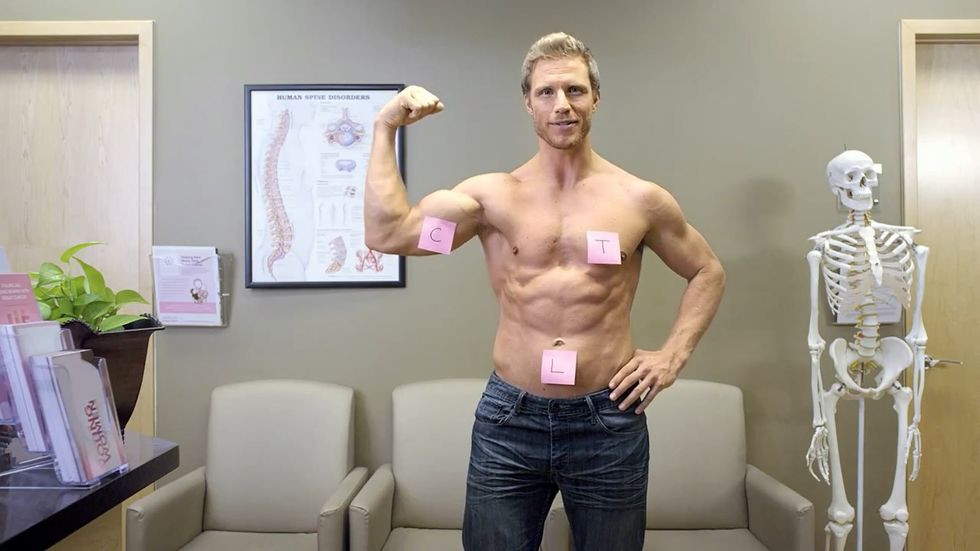
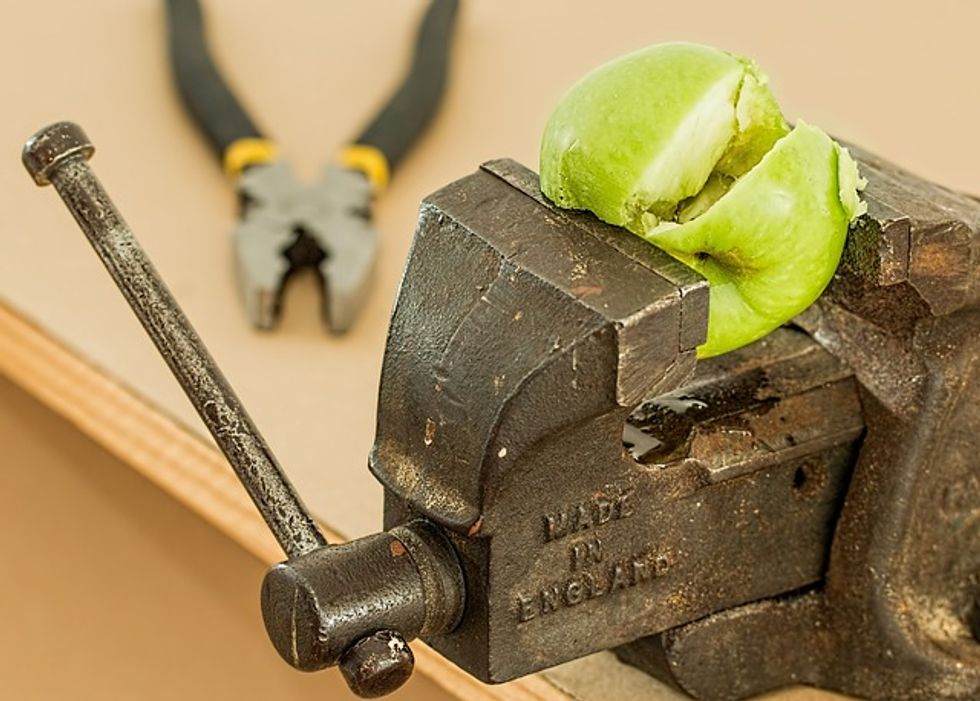
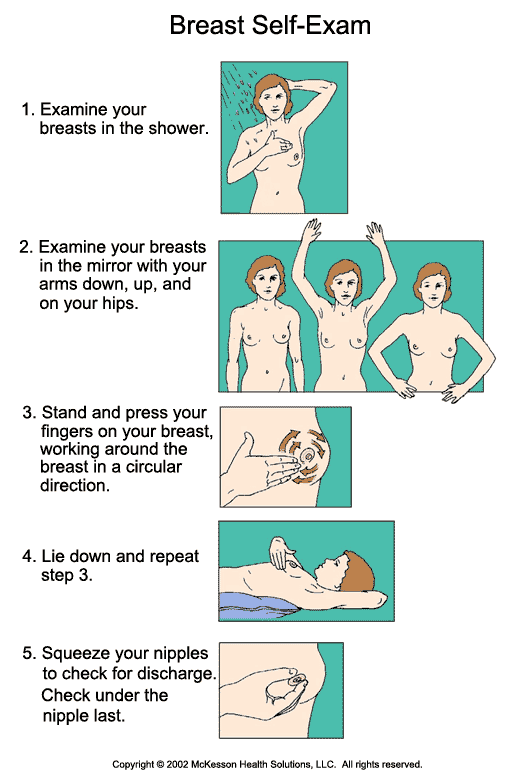
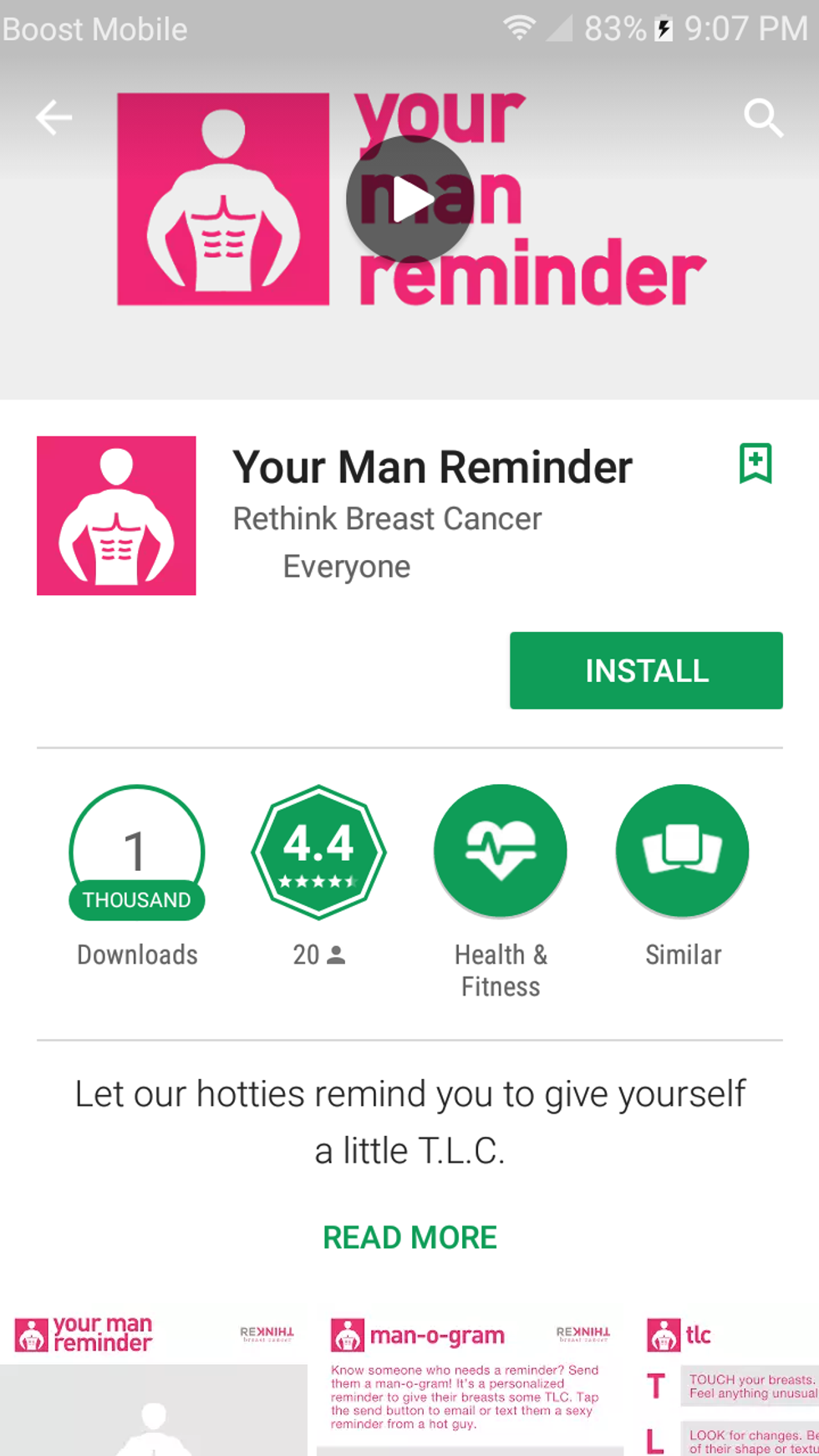
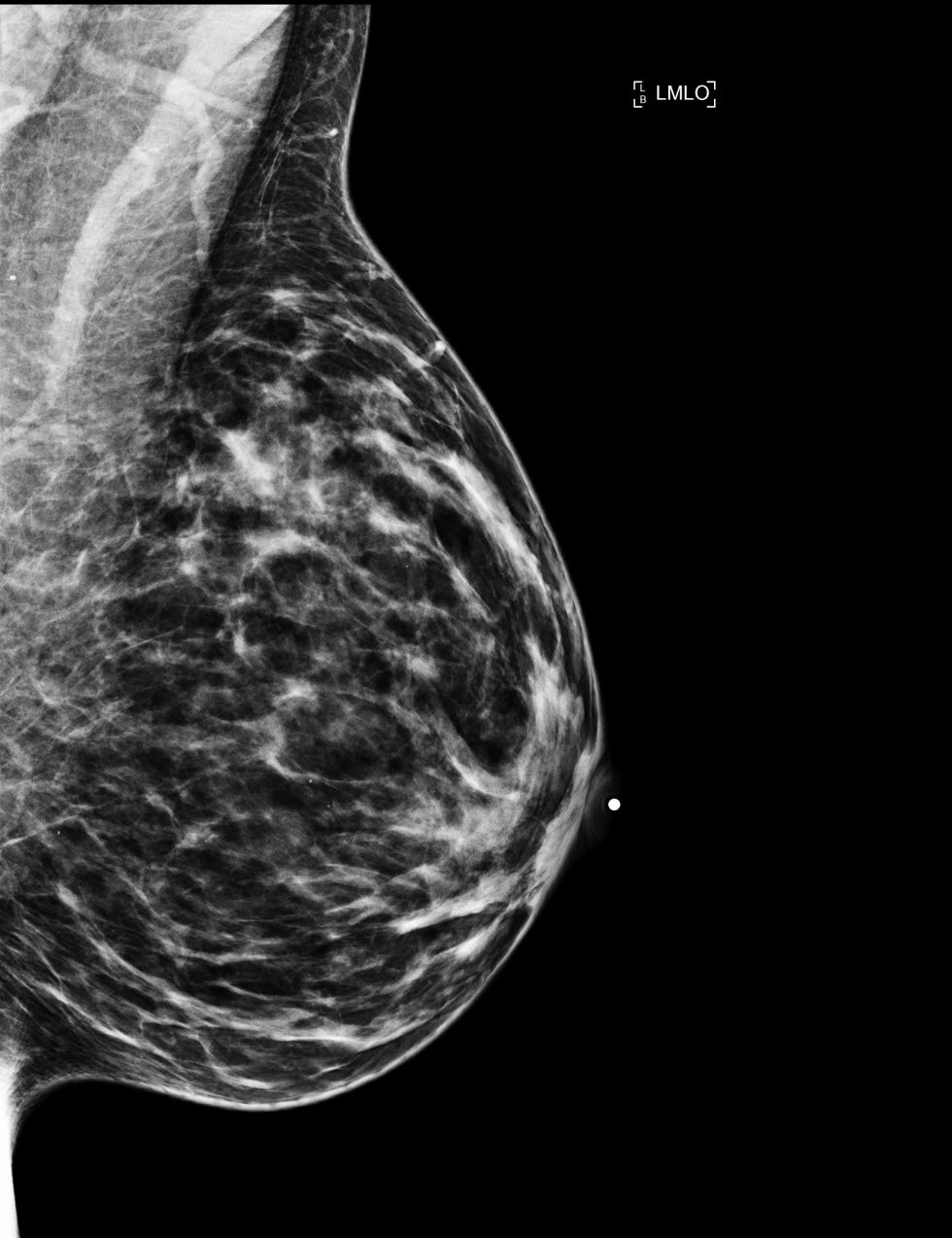
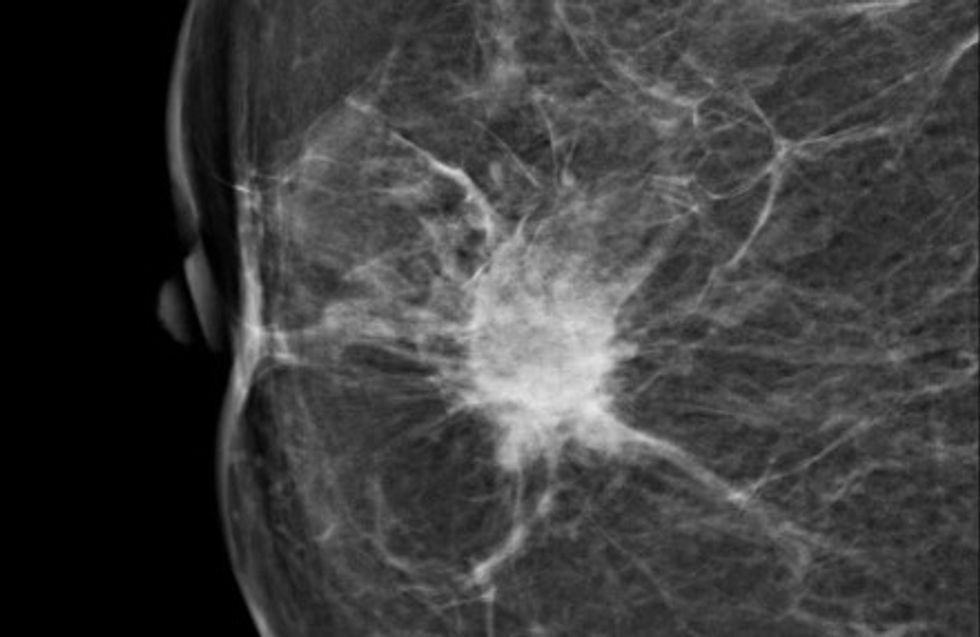
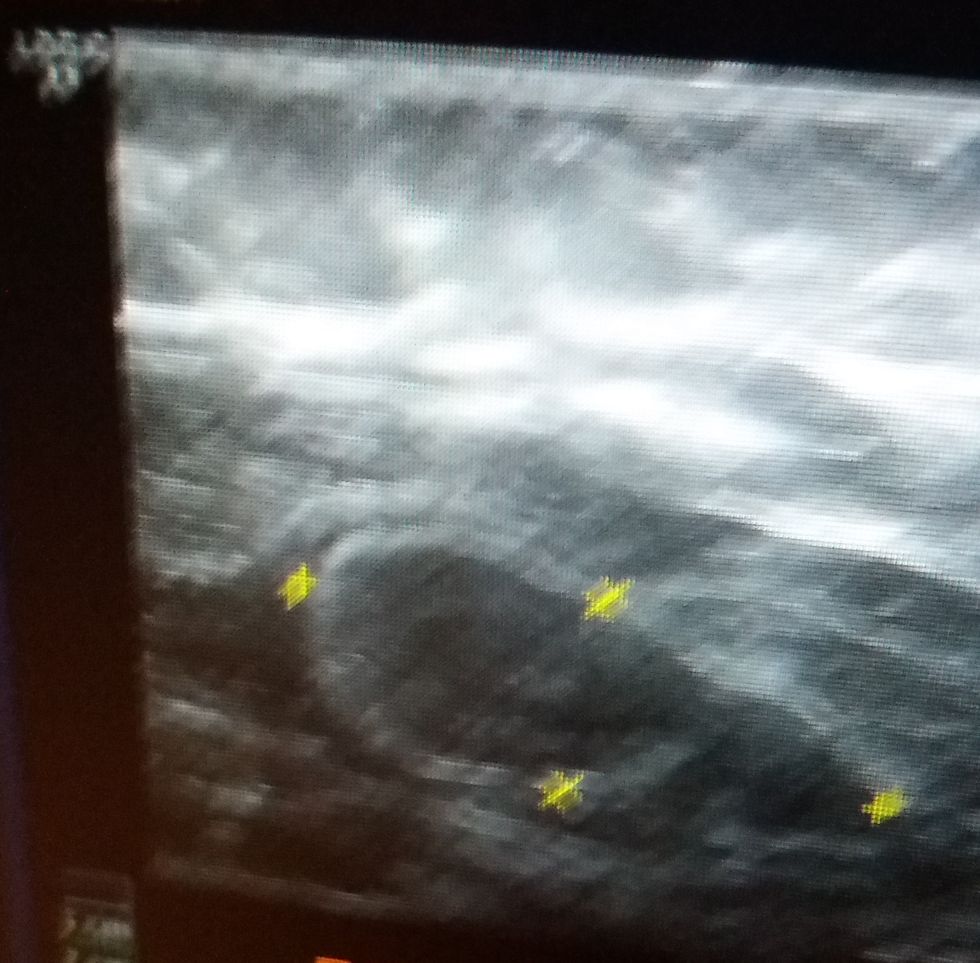
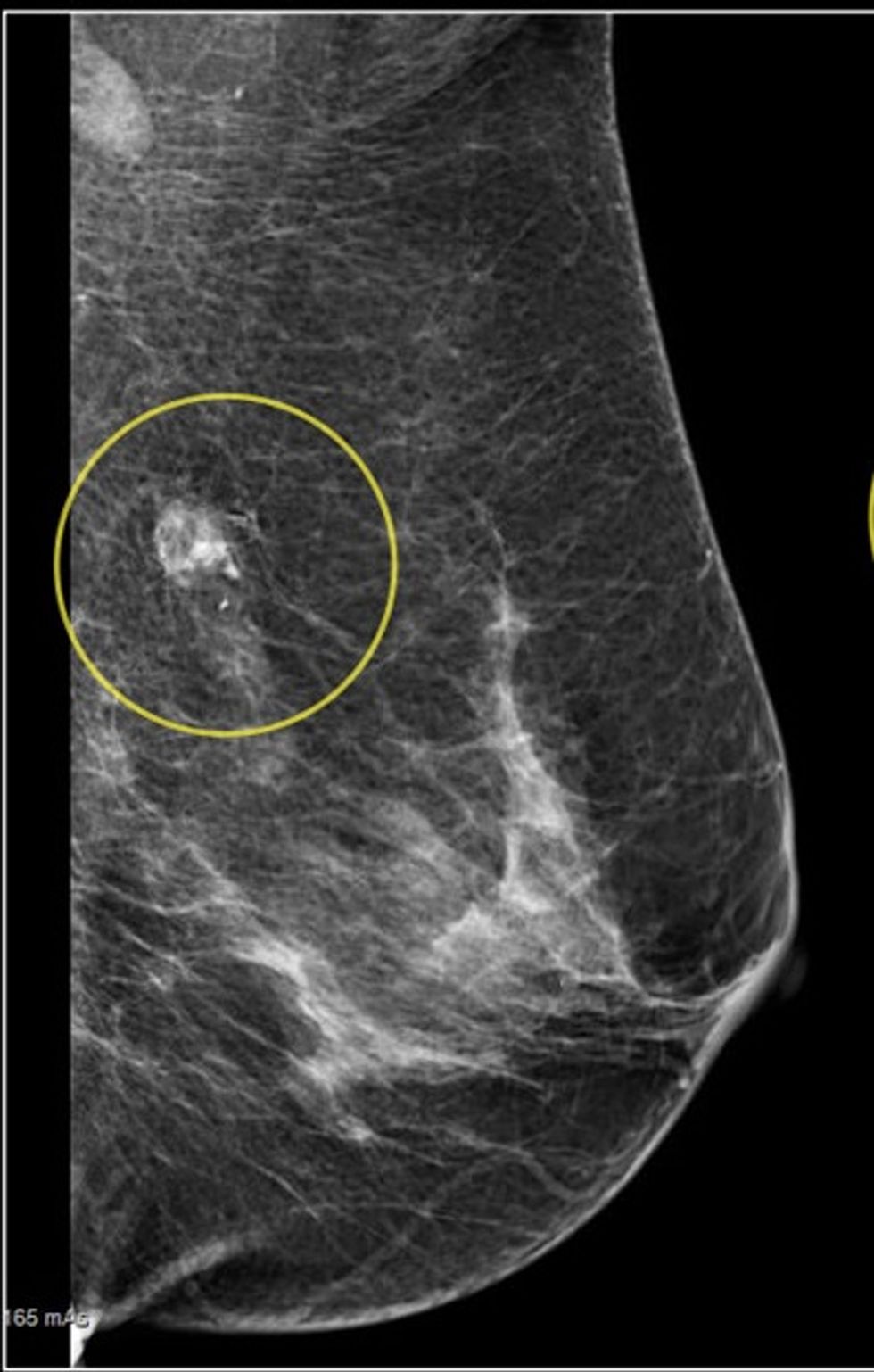
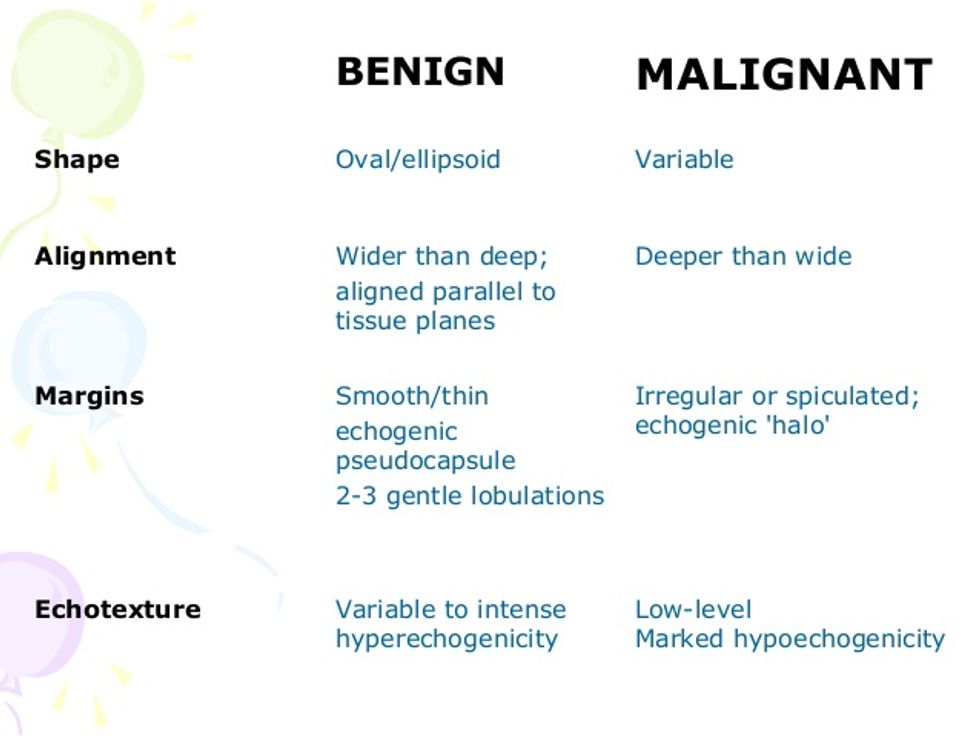




 The minimum wage is not a living wage.
StableDiffusion
The minimum wage is not a living wage.
StableDiffusion
 influential nations
StableDiffusion
influential nations
StableDiffusion












